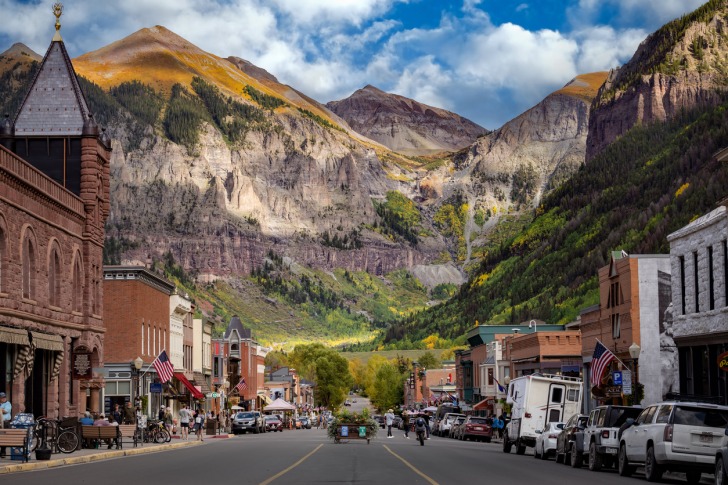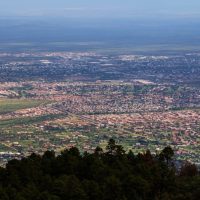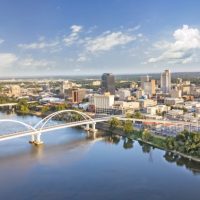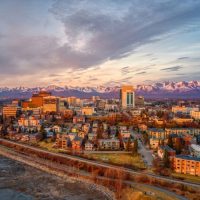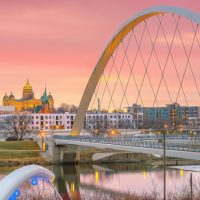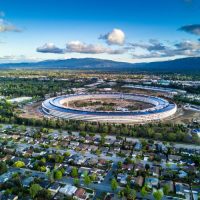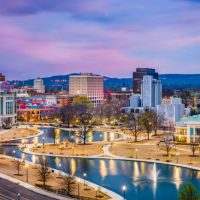Colorado is six times the size of Switzerland.
Half of that belongs to the Rocky Mountains.
Naturally, that’s a lot of terrain to cover.
So, it makes sense why Colorado is often ranked as the most outdoors-friendly state.
Not only can you go hiking and mountain climbing, but you can also go skiing and white water rafting.
There is an activity for everyone in Colorado.
Fun isn’t limited to spring and summer, either.
Locals and visitors alike can get out and have a blast all year.
Residents take this seriously.
Over 90% get involved with outside recreation.
That’s probably why it’s a $14 billion industry for the state.
You won’t be bored, or sedentary, living here.
But are there budget-friendly places to call home?
10 Cheapest Places to Live in Colorado
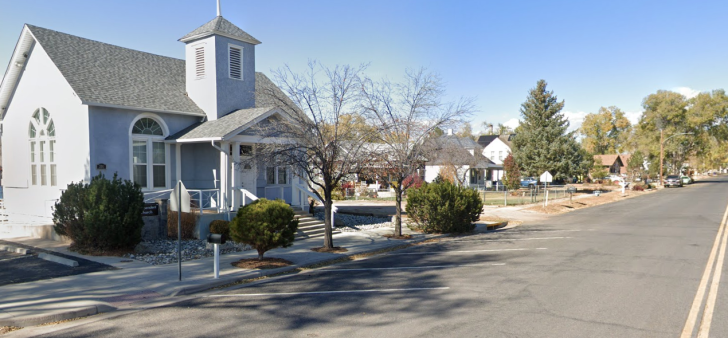
1. Fountain
Just south of Colorado Springs, Fountain is kind of a deceptive name.
Mainly because there’s no major water source here, unlike many of the other cities.
Ironically, Fountain is more of a rock bowl than anything else.
Most of the city isn’t available to live in thanks to being a mountain, as opposed to a fountain.
That doesn’t stop people from aggressively living in open areas.
There are plenty of homes available to grab up in Fountain, despite the lack of water.
Rent often starts at $2,200 and up.
Have a figure of $445,000 if you plan to buy.

2. Trinidad
If you hop on Highway 25 and head south from Denver, you’ll drive through Colorado Springs and Pueblo.
But right before you hit the New Mexico line, you’ll land in Trinidad.
Trinidad is a junction with two other highways, 12 and 160.
It may not be a massive area, but there are plenty of things to do and see nearby.
Some of the most popular are Trinidad Lake State Park, Fishers Peak State Park, and Fishers Peak to name a few.
To own a home, there are options as low as $300,000.
Rentals can be found for $1,000 a month and up.
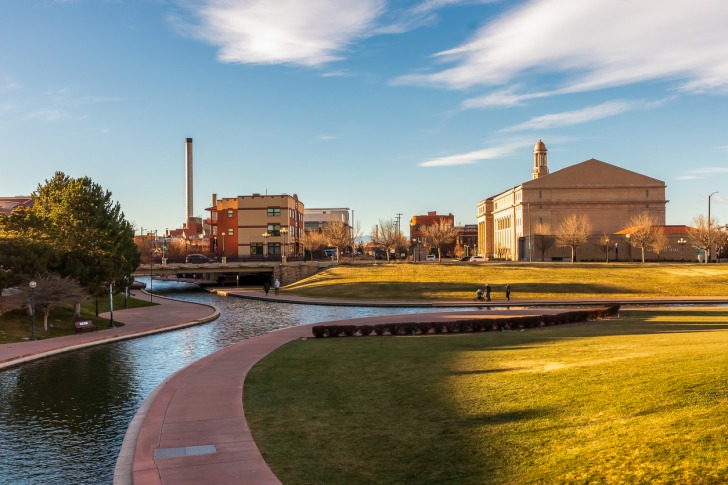
3. Pueblo
Like much of Colorado, Pueblo makes you want to get outside.
There’s a state park, zoo, wildlife center, aircraft museum, and that’s just downtown.
Not to mention the short drive to fossil areas and a historic site.
There should be no child in Pueblo complaining about boredom, at least.
Residents enjoy a nice array of restaurant choices, as well.
Most homes with at least two bedrooms for rent come at between $1,500 and $2,000 a month.
The median home purchase price is about $260,000.
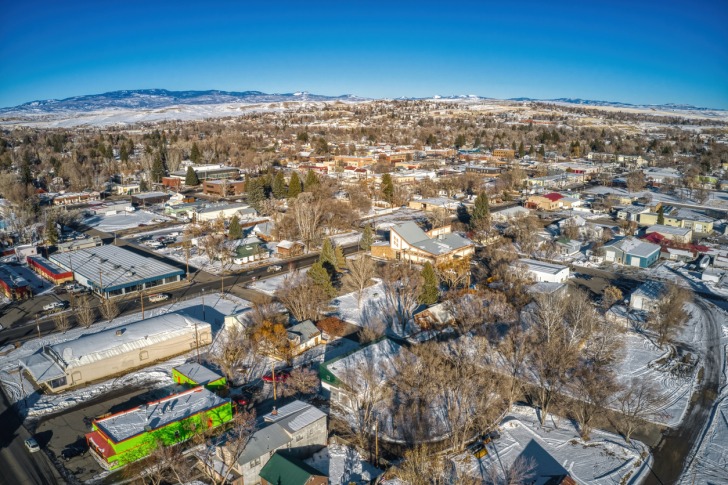
4. Craig
With so much of Colorado belonging to the Rockies, it would be easy to assume at first glance that all the towns are on the east side of the state.
Blink-and-you’ll-miss-it Craig happens to be tucked away on the other side of the Rockies in the top western corner.
It’s such a tiny area that housing is very limited.
Even so, it’s possible to find something for less than $1,000 here.
Will you feel cut off from the rest of Colorado?
Perhaps, but with savings on rent, you can always go visit.
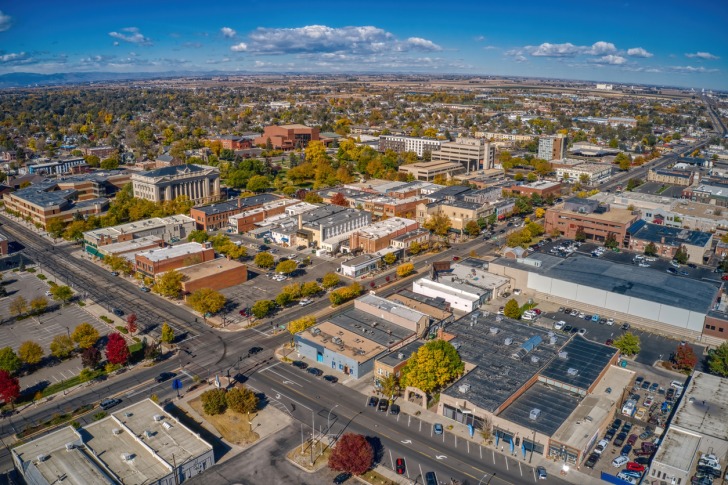
5. Greeley
Just a tad east of Fort Collins, Greeley has plenty of homes to choose from.
Most of the rental homes here are between $2,000 and $3,000 a month.
Is it worth the cost?
Depends on what you think about access to various parks and other fun things to do.
With local amenities like that, one could be persuaded to consider the city as a place to live.
Of course, Greeley is also close to other major cities with even more entertainment.
To become a homeowner, the median price is $405,000.
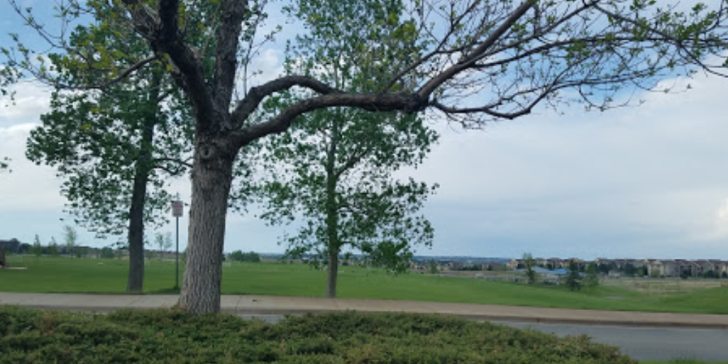
6. Dove Valley
On the far east side of Denver’s metro, Dove Valley takes up a chunk before hitting 470.
The area is surrounded by other small towns that are similar.
However, Dove Valley has homes available for just under $2,000 a month.
Many would jump at the chance to live that close to the capital.
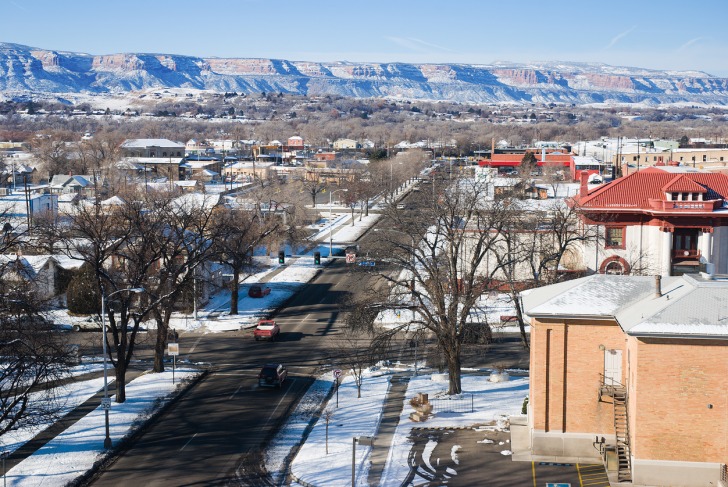
7. Grand Junction
All the way west next to the Utah border is Grand Junction.
Even if you’re unfamiliar with Colorado, likely, you’ve at least heard of this town.
Stories of gun fights, settlers, and walking trails are reminiscent of Wild West tales.
Today, Grand Junction has taken on another affiliation, wine.
Enthusiasts regard Grand Junction as the heart of the state’s wine country.
That’s just scratching the surface of what this place has to offer.
So, are the prices worth it to live here?
For a minimum of two bedrooms, expect to pay around $2,500 a month to rent.
That figure is give or take depending on other specifications, of course.
The median house price is $434,000.
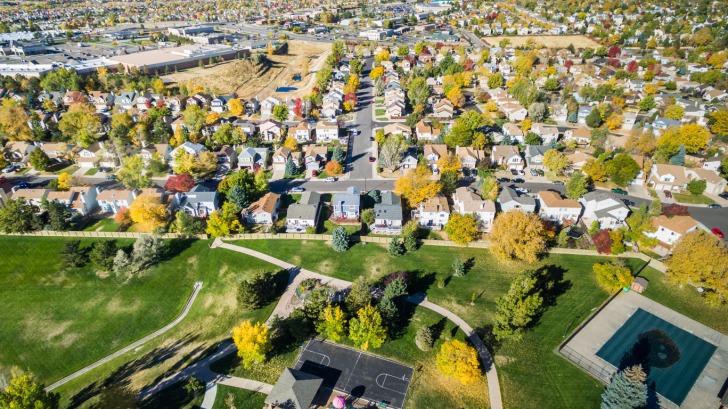
8. Aurora
Being right next to the capital of a state is always a benefit.
That means Aurora doesn’t have to pay for the things that the big city next door has, but you get the benefit of being close enough to see it as a perk.
That’s not to say that Aurora doesn’t have enough cool stuff on its own.
Plenty of outdoor recreation is available along with other normal city stuff.
A suburb of Denver, Aurora has a rent range between $2,500 to $3,000 for a two-bedroom, two-bathroom house.
$500,000 is what you should plan to spend to own a home here.
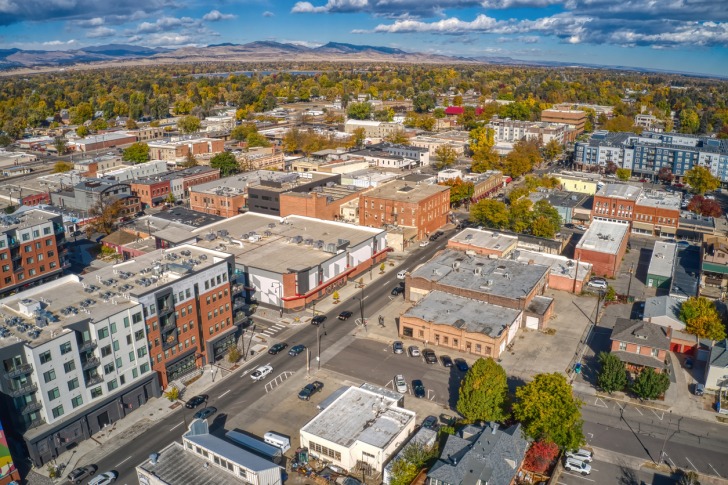
9. Loveland
Just south of Fort Collins, Loveland is a lovely area with about 80,000 residents.
What makes the area so nice, you ask?
All the nearby waterholes.
Lake Loveland, Schuster Lake, and the massive Boyd Lake are just a few options!
The local sculpture garden is a great place to check out, too.
Most of the two-bedroom rentals start around $2,700 a month.
To purchase a home, you’re looking at closer to $510,000.
There isn’t an overflow of available homes to move into, so the market can be quite competitive.
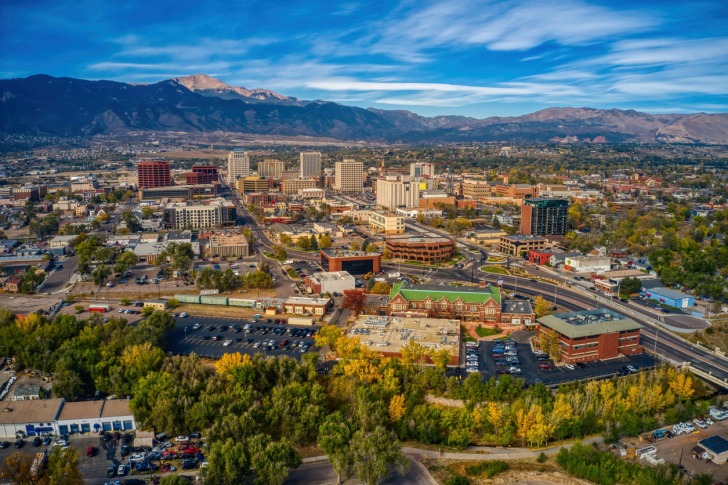
10. Colorado Springs
As middle as you can get in a state that is filled with mountains is Colorado Springs.
Aside from having the state in the name, Colorado Springs is also well known as the town where Nikola Tesla provided free power.
This was before any town had full electricity.
Lucky them.
Citizens also have the joy of looking out at the Rockies and Pike’s Peak, one of the highest summits in North America.
How cool would it be to say you’re casually going to the Garden of the Gods today?
Most homes with at least two bedrooms and two bathrooms start at around $2,200 and go up to $3,000 a month to rent.
To purchase, homes are more often close to $500,000.
Colorado Safety Overview
READ THE FULL REPORT: Colorado Safety Review
Safety Index:
- OVERALL RISK: LOW
- TRANSPORT & TAXIS RISK: LOW
- PICKPOCKETS RISK: LOW
- NATURAL DISASTERS RISK: MEDIUM
- MUGGING RISK: LOW
- TERRORISM RISK: LOW
- SCAMS RISK: LOW
- WOMEN TRAVELERS RISK: LOW
Frequently Asked Questions
What is Colorado's job market like?
Colorado is lucky to be a place where people want to live and travel throughout the year.
That means the tourism industry, for one, is on call around the clock.
The benefit of being such a popular destination is there will always be work.
Another industry in demand is construction.
Over 250,000 people move to Colorado each year.
That’s a lot of housing, not to mention infrastructure projects and commercial development.
The Centennial State is busy enough to have an unemployment rate below the national average.
So, if you move to Colorado, the chances are pretty good that you shouldn’t have to struggle to find work.
What's the weather like in Colorado?
Let’s start by saying, move over to Florida!
There are at least 300 days of sunshine in Colorado each year.
No wonder people like being outside so much here.
If it’s snow you’re into, that starts around September.
Visitors to ski resorts might be happy to hear there are about 300 inches of snow throughout the season.
If rafting or hiking is your thing, many flock to Colorado for these activities in the 60°F weather.
Of course, Colorado is a big state, so there’s no dependable average that applies to every city.
However, temperatures typically stay below 90°F in the summer and above 15°F in the winter.
What's good to know before moving to Colorado?
Altitude sickness can affect people when they least expect it.
It’s sort of a thing that you don’t know will be a problem until it’s already happening.
So, what is it?
It’s the symptoms displayed by our body when it has trouble adjusting to higher elevations.
The cause is lower oxygen.
Colorado is almost 7,000 feet above sea level.
It’s officially the highest state in the nation.
Technically, altitude sickness is something that you hear more about with mountain climbers.
Common symptoms include headaches, nausea, vomiting, decreased coordination, and inability to balance.
You’re not likely to have extreme symptoms just being in Colorado, but it is good to be aware of the possibilities.
